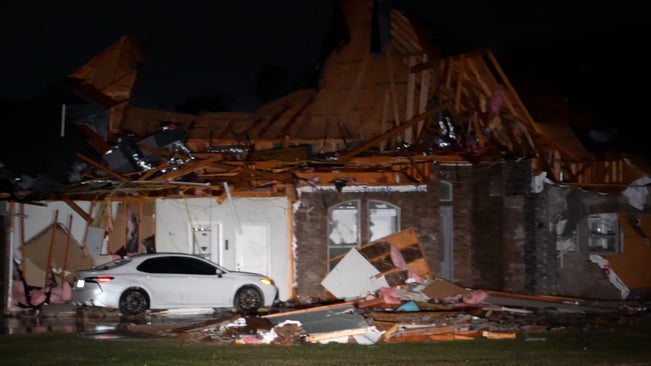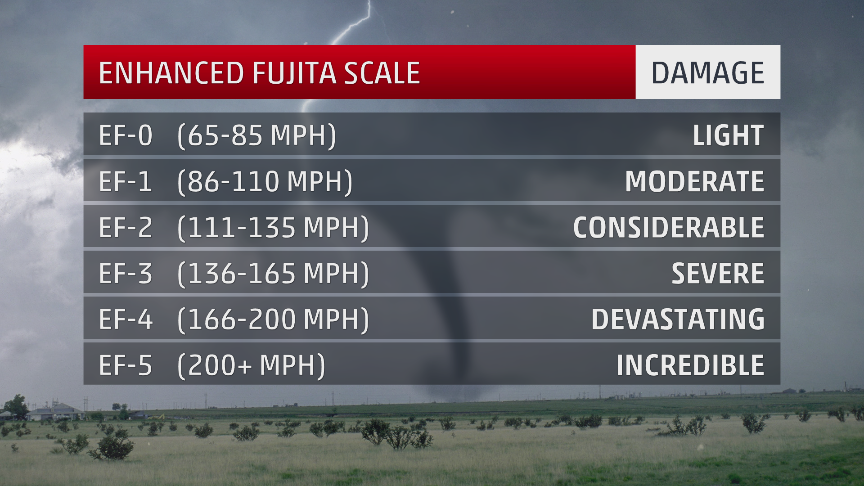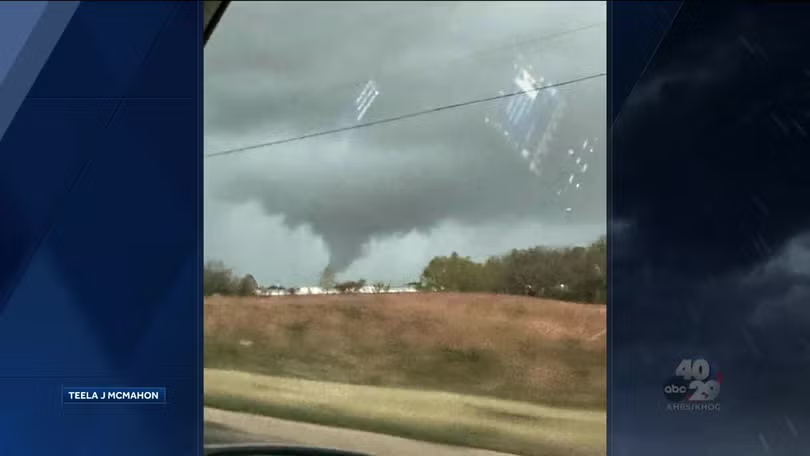Arkansas is known for its scenic beauty and diverse climate, but it also has a reputation for severe weather, including tornadoes. Understanding how common tornadoes are in Arkansas can help residents better prepare and stay safe during tornado season. This article delves into the frequency of tornadoes in Arkansas, historical data, peak seasons, and essential safety tips.

Frequency of Tornadoes in Arkansas
Arkansas experiences a significant number of tornadoes each year, ranking among the states with higher tornado activity. On average, Arkansas records approximately 33 tornadoes annually, placing it in the top tier of tornado-prone states in the U.S. Tornadoes can occur at any time of the year, but certain months see increased activity.
Peak Tornado Season in Arkansas
The peak tornado season in Arkansas typically falls during the spring months, particularly in March, April, and May. During this period, the state’s climate sees a mix of warm and cold air masses that can create the perfect conditions for tornado formation.
Secondary peaks can occur in the fall, usually in November, as weather patterns shift and create new opportunities for severe weather. While tornadoes can happen any time of the year, these months historically see the highest number of events.
Historical Data and Notable Tornadoes

Arkansas has experienced some notable and destructive tornadoes over the years. Understanding historical tornado data provides context for the frequency and severity of tornadoes in the state.
Notable Tornado Events:
- The March 1, 1997 Tornado Outbreak: This was one of the most significant tornado outbreaks in Arkansas history, producing 16 tornadoes across the state and resulting in 25 fatalities and extensive damage.
- The January 21, 1999 Tornado: This tornado, rated an F4 on the Fujita scale, struck Little Rock and surrounding areas, causing extensive damage and loss of life.
- The April 27, 2014 Tornado Outbreak: Part of a larger system affecting multiple states, this event included an EF4 tornado that devastated communities like Mayflower and Vilonia.
Why Is Arkansas Prone to Tornadoes?

Several factors contribute to Arkansas being prone to tornadoes. The state’s location in the central U.S. places it in a region where warm, moist air from the Gulf of Mexico meets cold, dry air from the north and warm, dry air from the southwest. This convergence creates unstable atmospheric conditions that can lead to severe thunderstorms and tornado formation.
The state’s topography, which includes plains, forests, and mountains, can also influence weather patterns and the path of tornadoes, making it challenging to predict the exact location of tornado activity.
How Tornadoes Are Measured

Tornadoes are measured using the Enhanced Fujita (EF) scale, which rates tornadoes based on the damage they cause. The scale ranges from EF0, indicating minimal damage, to EF5, which represents catastrophic damage with wind speeds exceeding 200 mph.
| EF Scale Rating | Wind Speed (mph) | Damage Description |
|---|---|---|
| EF0 | 65-85 | Minor damage, such as broken tree branches and damaged signs |
| EF1 | 86-110 | Moderate damage, including roof damage and overturned mobile homes |
| EF2 | 111-135 | Significant damage, such as torn roofs and snapped trees |
| EF3 | 136-165 | Severe damage, including the destruction of large buildings |
| EF4 | 166-200 | Devastating damage, including leveled homes and vehicles thrown |
| EF5 | Over 200 | Catastrophic damage, with entire neighborhoods destroyed |
Safety Tips for Tornado Preparedness
Being prepared for tornadoes is essential for safety, especially in a tornado-prone state like Arkansas. Here are some critical safety tips to help you and your family stay safe:
1. Stay Informed
Keep an eye on local weather forecasts and have a reliable weather alert system in place. Weather radios, smartphone apps, and local news stations can provide real-time updates and warnings.
2. Have an Emergency Plan
Ensure your family knows what to do when a tornado warning is issued. Identify the safest location in your home, such as a basement or an interior room on the lowest floor without windows. Practice your emergency plan regularly to make sure everyone is prepared.
3. Prepare an Emergency Kit
Stock your safe room with essential items like non-perishable food, water, flashlights, batteries, a first aid kit, and a battery-operated radio. This kit can help you stay safe and comfortable if you need to shelter for an extended period.
4. Secure Your Home
Trim trees and remove loose items from your yard to minimize the risk of debris becoming projectiles during a tornado. Reinforce windows and doors if possible, and ensure your home’s structure is secure.
Conclusion

Tornadoes are a common and significant weather event in Arkansas, particularly during the spring and fall seasons. Understanding the frequency of tornadoes in Arkansas and preparing for severe weather can help residents stay safe and minimize potential damage. By staying informed, having a plan, and taking preventive measures, you can better protect yourself and your loved ones during tornado season.
For more information on home safety and mold prevention after severe weather, visit Citywide Mold Mitigation or call 844-552-0467 for expert assistance.
FAQ
| Question | Answer |
|---|---|
| How many tornadoes does Arkansas average each year? | Arkansas averages about 33 tornadoes per year, with higher activity during the spring and fall. |
| When is tornado season in Arkansas? | The primary tornado season in Arkansas is from March to May, with a secondary peak in November. |
| What was the most destructive tornado in Arkansas? | One of the most destructive tornadoes was the March 1, 1997 outbreak, which resulted in 25 fatalities and significant damage across the state. |
| How can I prepare for tornadoes in Arkansas? | Stay informed, create an emergency plan, prepare an emergency kit, and secure your home to minimize risks during tornado season. |
| What is the safest place in a home during a tornado? | The safest place is a basement or an interior room on the lowest floor without windows, such as a bathroom or closet. |

